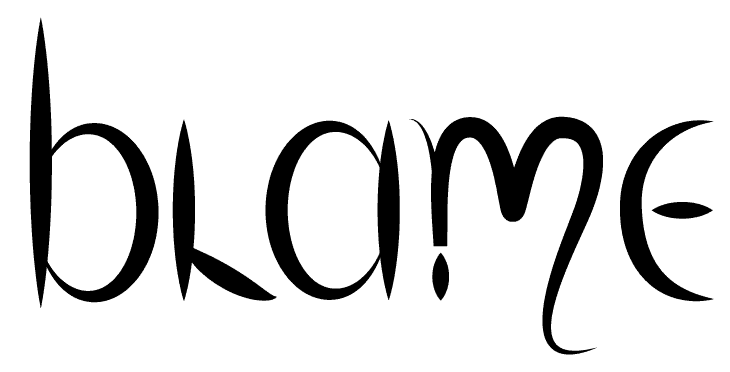I have shared earlier a design for a reflection ambigram for the two words “praise” and “blame” – where one word becomes another when reflected in a mirror. In fact the design has been printed in 3D. As it turns out this was a design that I had made many years ago – and was for the most part, I was satisfied with it. Yes the “s” was a bit iffy – but hey, it worked. Here is the old design:

Reflect
But in the process of cleaning it up to give to Jon Good to print – I was more and more bothered by it, so I went back to the drawing board and came up with a new design. Overall the solution is the same – or at least shares the same skeletal structure – but the overall result is much better, and far more readable this time around. Enjoy.

Reflect
This is part of the reason I love creating ambigrams. Letterforms are subtle, nuanced and rich arenas of exploration, and they never cease to surprise me even today, after so many years of playing with them.

JavaScriptCss Ninja was here – 2014